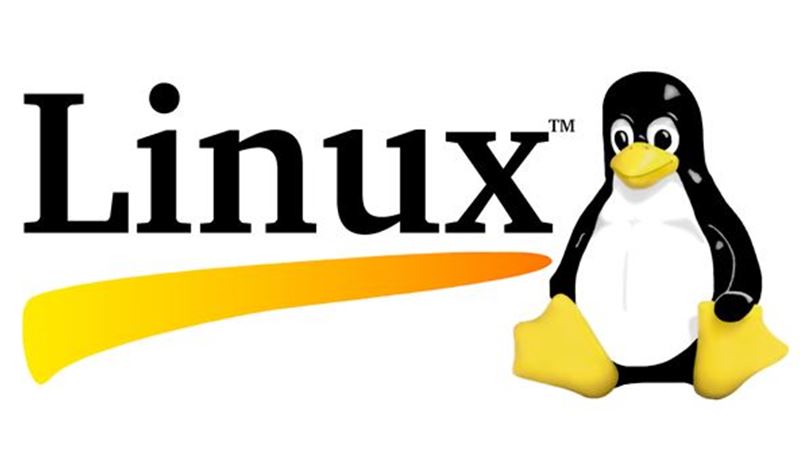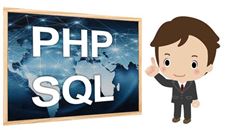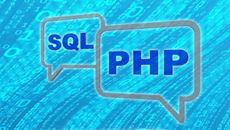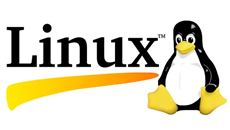- Delivery Method Online
- Professional Certificate
- 24hrs Suggested Study Time
- 3 Months Access
- Tutor Support
- Study On Any Device
- 1721 Students
Linux Fundamentals

Learn how to use the Linux desktop operating system along with the included productivity, multimedia, and Internet software.
In this self-paced online course, you'll master the free Linux desktop system, which can perform all of the functions you currently do with Microsoft Windows or Apple Macintosh.
We'll start with the basics of Linux as we practice using its graphical environment to manipulate files and folders, create user accounts, and set up hardware devices. Then we'll delve into the many free programs that come preinstalled on your Linux system, including the popular OpenOffice.org office productivity software. This exciting application allows you to read and create word documents, spreadsheets, and presentation graphics that are compatible with the Microsoft Office suite. Next, we'll cover the Linux multimedia programs that can play, rip, and burn CDs, as well as play DVDs and video files. We'll also discuss Linux audio-editing tools that enable you to create your own masterpieces.
After that, we'll walk through using your Linux desktop to access the Internet. You'll see how to connect to your ISP and use your ISP to read and send messages with Linux's e-mail software. Finally, we'll explore keeping in touch with friends and family by using common Internet Messaging hosts, as well as how to browse your favorite Web sites with the popular Mozilla Firefox Web browser.
Get ready to discover why so many people think Linux makes their computer easier, cheaper, and more fun!
Courses are delivered to you through expertly executed lessons, online instruction and interaction with like-minded students. Our courses are designed to deliver all of the benefits of studying in a classroom whilst giving you the flexibility to study at a time and place to suit your needs. You can access your classroom 24/7 from any device with an internet connection.
This course has a 3 month duration. You'll complete comprehensive lessons, quizzes and assignments before submitting your final exam at the end of the course to achieve your certificate. Courses must be completed within the 3 month access period.

Richard Blum
Richard Blum has been an IT industry professional for over 18 years, working mainly as a network and systems administrator. During this time, he has worked with Microsoft, Novell, Unix, and Linux servers, and has created Web sites using a variety ... Read more
Read Richard Blum's ProfileFrequently Asked Questions
What people are saying about our courses
The Learning Environment
From the moment that you enrol in the Linux Fundamentals you will become an integral part of our learning community. You'll find yourself with the freedom to learn at a speed that suits you, on any device, from anywhere in the world. Achieving your career goals no longer has to mean compromising family and work commitments.
Our Values
Learn At Your Own Pace
We believe in personalised learning. That's why we provide all the tools and support you need to succeed at your own pace. With flexible learning, you'll stay motivated and retain more information. Plus, you can balance your studies with work and family commitments to make your dreams a reality.
We Won't Break The Bank
Education should be accessible to anyone who wants to learn. That's why we offer some of the most competitive prices in the industry with payments plans for just $25 per week. Investing in your future is a smart choice and doesn’t have to break the bank.
Industry-Led Courses
There's no better way to learn than from experts with years of experience in your field. That's why each of our 200+ industry-led courses are designed to give you a real-life perspective on your industry. With our expert mentors, you'll learn from people who have a wealth of knowledge and experience, and who are passionate about sharing it with you.
Get The Personal Support You Deserve
At Vibe Learning, we're real people who are dedicated to providing you with personal support every step of the way. Our industry experts are not only professional and knowledgeable but also incredibly passionate about sharing their expertise with you. With their guidance, you'll gain invaluable insights and practical knowledge to help you succeed.
Still looking?
Check out the following courses related to Linux Fundamentals:



